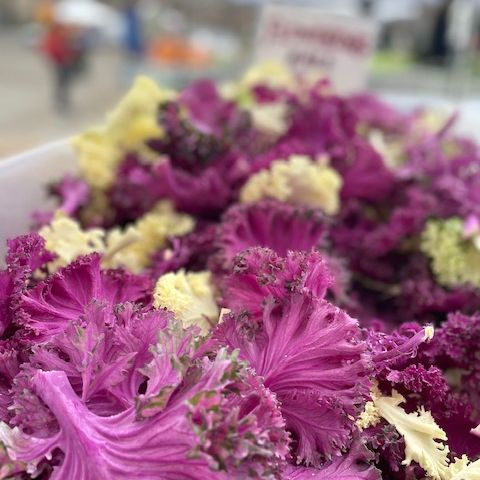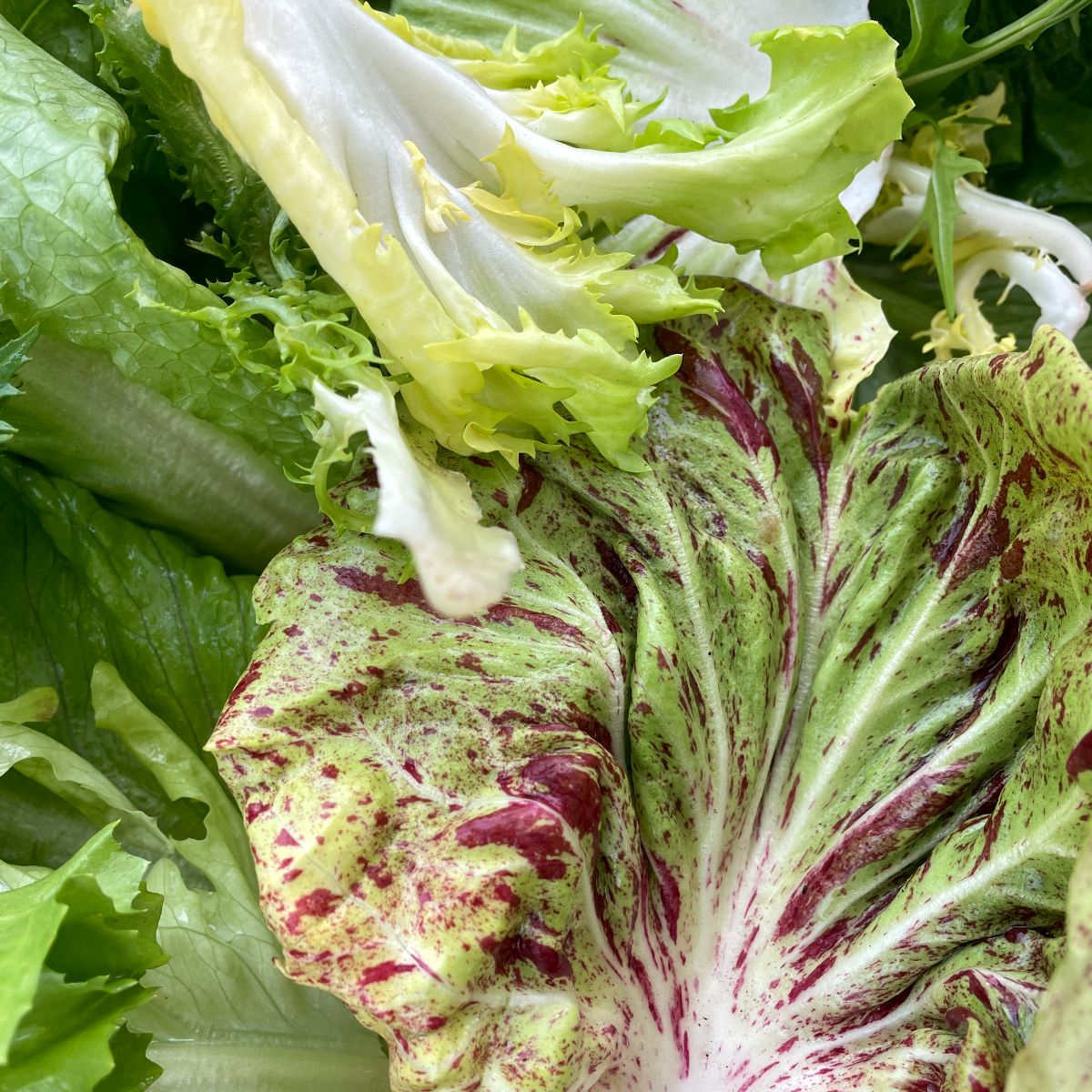As the weather around us gets colder and colder, these hearty little winter babies thrive, becoming sweeter and more flavorful. Winter greens have so much to offer, from nutritional value to added dimension. Don’t let the word “bitter” scare you away! When used properly winter greens are a dynamic and adventurous addition to any recipe! They are just so abundant and especially gorgeous this season. Look for collard greens, arugula, chard, dandelion greens, spinach, mustard greens, and a vast variety of kale!
Get out there and explore all the new greens this season has to offer at the Chico Certified Famers’ Market!
- dd6f6a30 45e8 49e3 9c4b 4950d5058863
- 7d46aa06 22fb 4165 82e9 b008cd0977c9
- 5546d341 7a5d 4b3f 9db1 6202ef392fd1
How to Use
Winter greens can be eaten raw or cooked, depending on the variety you’re using and your personal taste. The smaller leaves are more tender and do well raw as a garnish or in a salad. If you’re dealing with larger leaves, they can be a bit tough, but a neat trick is to massage them with a little oil and salt. The massage will tenderize the leaves!
Grilling or charring winter greens will caramelize the leaves and bring out their sweetness, but most varieties can be quickly sautéed or wilted. You can also add them to soups and stews, or slow cook them to bring out peppery notes and battle tough textures. For something a little different, try using them in a gratin or frittata!
Keep in mind that the stems are tougher and more fibrous. You’ll want to either remove them or cook them first and add the more delicate leafy parts later.
- c292b4d5 bff2 485d bc3b 0d75b7124ab5
- c14a16df dae9 4944 806f 4f98f5d3f27e
- b414d7f6 a95e 4849 83e3 78a798b00c6b
- 4869895a f2aa 4bea a701 49ff0c1bcb83
Nutritional Value
Winter greens are known for their nutritional value and have similar nutritional characteristics to other leafy vegetables. They are good sources of vitamins A and C, and also contain several dietary minerals including iron, potassium, and calcium. They are also full of antioxidants and fiber! All of this, and they are low in calories, so eat up!
- ac2aeba2 c115 48e8 bf29 e6d6b634c76b
- 169e0439 31a7 434a 94e7 c741759bedb9
- 1a5c37cc f165 4f64 bf36 f6fe40b08132
Choosing and Storing
For most winter greens, you’ll want to look for supple leaves that aren’t leathery, but are fresh, bright, and firm. The more mature a plant is, the more “leathery” the leaves will be. Avoid black spots or wilting, as they are signs of the vegetable starting to break down.
The best way to store winter greens is to wrap them in a paper towel and put them in a plastic bag in the fridge. The plastic bag will keep the leaves crisp while the paper towel absorbs excess moisture. Most winter greens will remain in good shape when stored this way for a little over a week!










